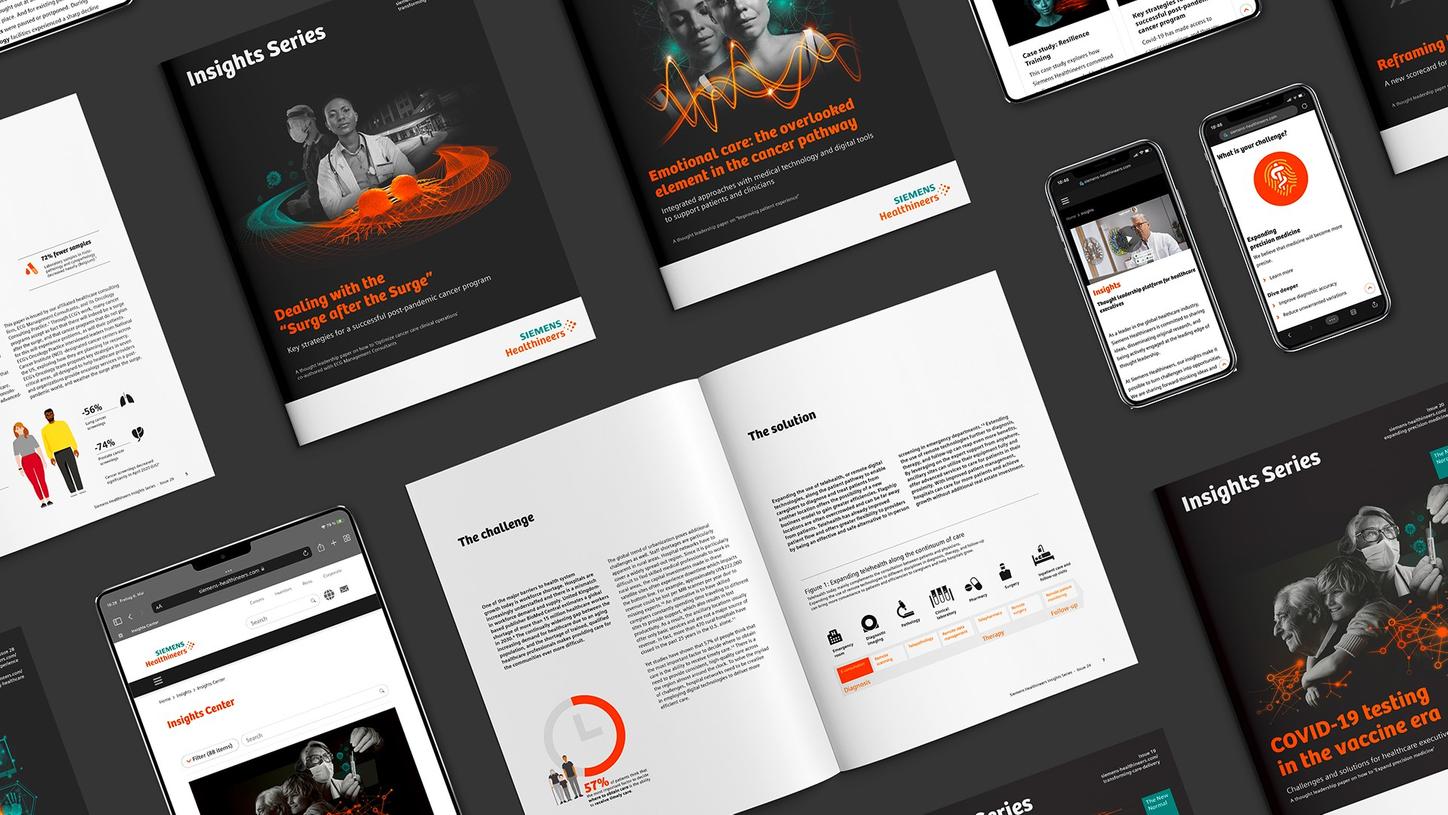Executive InsightsThought leadership platform for healthcare executives
At Siemens Healthineers, we pioneer breakthroughs in healthcare. For everyone. Everywhere. By constantly bringing breakthrough innovations to market, we enable healthcare professionals in innovating personalized care, achieving operational excellence, and transforming the system of care.
Always be one step ahead
with regular impulses





